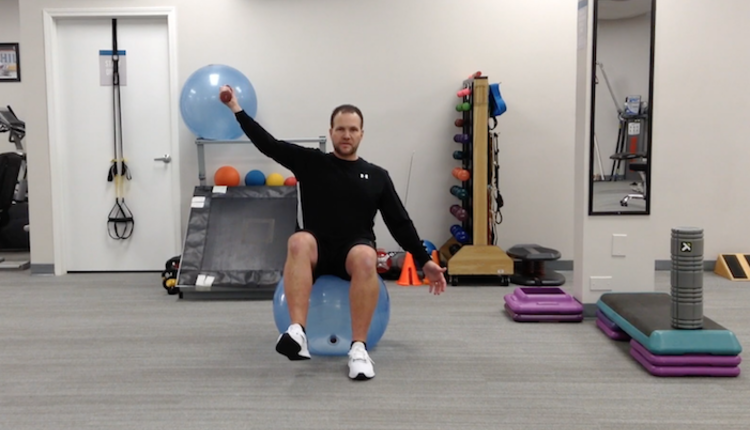How we think, how we act and how we communicate all determine how successful we are as fitness professionals. Here’s why fitness professionals should use the philosophy of Think like a skeptic, act like a trainer and speak like a client.
Think like a skeptic
Training is the art of applying the science. And in science there are experts, but there are no authorities. Therefore no one is above questioning because no one is too smart or too experienced to hold false beliefs. This is why it is far more dangerous to assume people (including yourself and people in leadership and teaching roles) know what they are talking about than it is to assume they are unaware of their own ignorance and let them prove you wrong by listening to what they have to say and by politely asking questions. Such as:
How do you know?
What is your evidence for this?
What do the world’s scientists/experts have to say about this? Do they agree or disagree with you?
Skeptics aren’t people who don’t believe anything. They believe lots of things, as long as there is sufficient reason and evidence to believe based on how those basic questions are answered.
Sufficient evidence to justify (provisional) belief would be claims that have the following marks of good science:
It has been published in a peer-reviewed journal.
It is backed up by experiments that have generated enough data to convince other experts of its legitimacy.
It does not fly in the face of the broad existing body of scientific knowledge.
Insufficient evidence that does not warrant (provisional) belief would be claims that have the following marks of bad science:
Comes from overconfident fringe experts who speak dismissively of mainstream science.
Claims to have knowledge no one else has or knowledge the “establishment” doesn’t want you to hear.
Provides data that takes the form of anecdotes, testimonials and/or studies of only one person.
Act like a trainer
The job of a fitness professional is to put the current best evidence to work on the training floor by providing clients with the best training direction to take based on the client's goals and needs – not based on the trainer's specialty or bias.
Put simply, there are fitness professionals and fitness hobbyists. Fitness hobbyists try to get other people excited about their pet hobby, regardless of their individual goals, while the fitness professionals fit the workout program to the client’s goal, not to the trainer’s specialty or bias. Acting like a trainer means conducting yourself like a fitness professional.
In other words, when it comes to good program design, acting like a trainer means that you don't go from methods down; you go from principles up. For example, the principle of specificity dictates that the client’s goal(s) ultimately determines the exercises that need to be a part of their training, not some allegiance you have to a given training method or a fanaticism about certain types of exercises (barbell exercises, kettlebell exercises, stability ball exercises, etc.).
Speak like a client
“Exercise is medicine.” But we are all much more likely to take our medicine when the medicine tastes good to us. Speaking like a client means tailoring our language in order to make the medicine taste good to each client. It means meeting each client where they are and giving them the respect they deserve by speaking to them in ways that they can related to, get excited about and buy into.
For example: Let’s say we’re using a leg complex like this one:
10-12 Split Squats or Bulgarian Split Squats (each leg)
10-12 (each leg) Reverse Lunges (alternate legs)
10-12 Single Leg Step Ups w/Knee Drive (each leg)
10-12 (each leg) Split Squat Jumps (alternate legs)
For a serious athlete, you can say it is for “power endurance” to help them develop “legs that won’t quit.” For a female recreational exercise enthusiast who’s looking to improve her physical appearance, you might call this a “lower-body sizzler” and tell her it is to help “accelerate her metabolism” and “help improve the shape of her legs.”
All of those stated benefits of doing that leg complex are true. You’re simply emphasizing the particular benefit of a given exercise application that will resonate most with each individual.
Speaking like a client is simply making an effort to make the medicine taste good to each individual client so they can get excited about their training programs. If they are excited about what they are doing, clients are much more likely to put more effort into the sessions. Not to mention, they are also more inclined to stick around, and that is good for both the client and the fitness professional.















